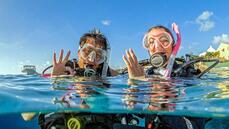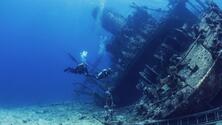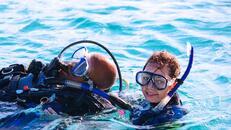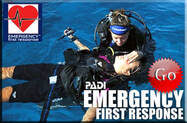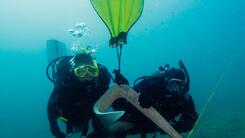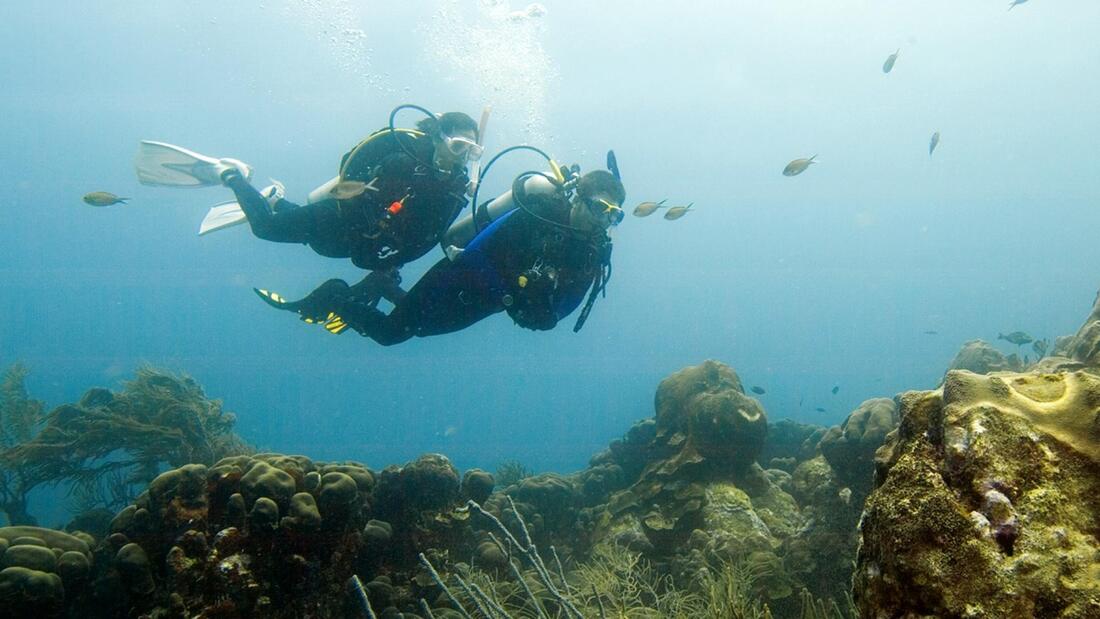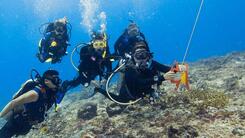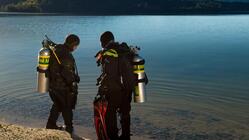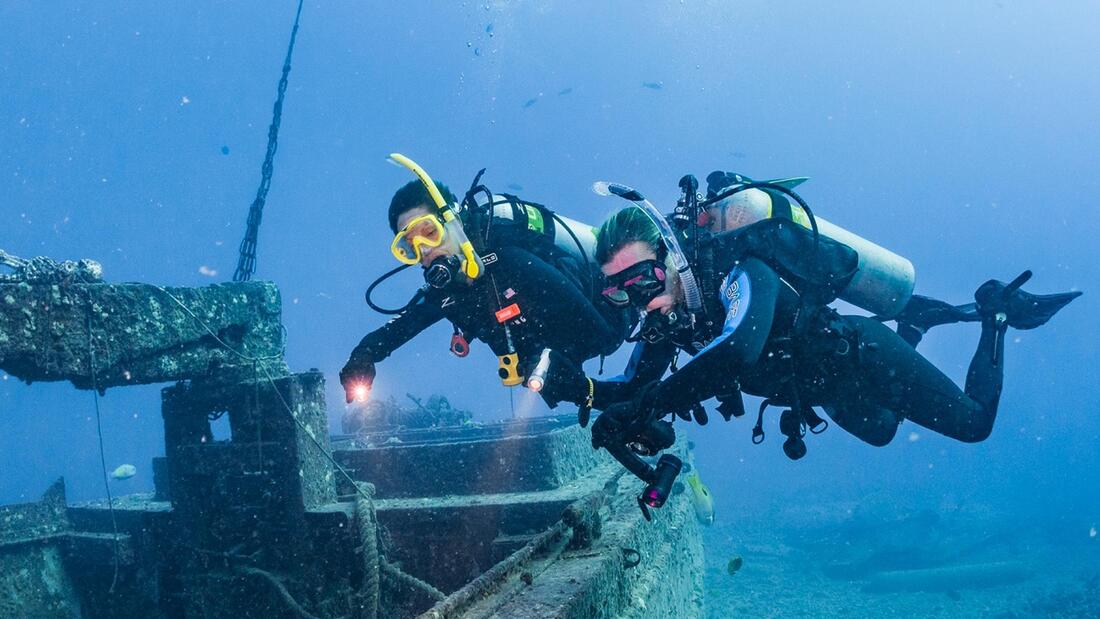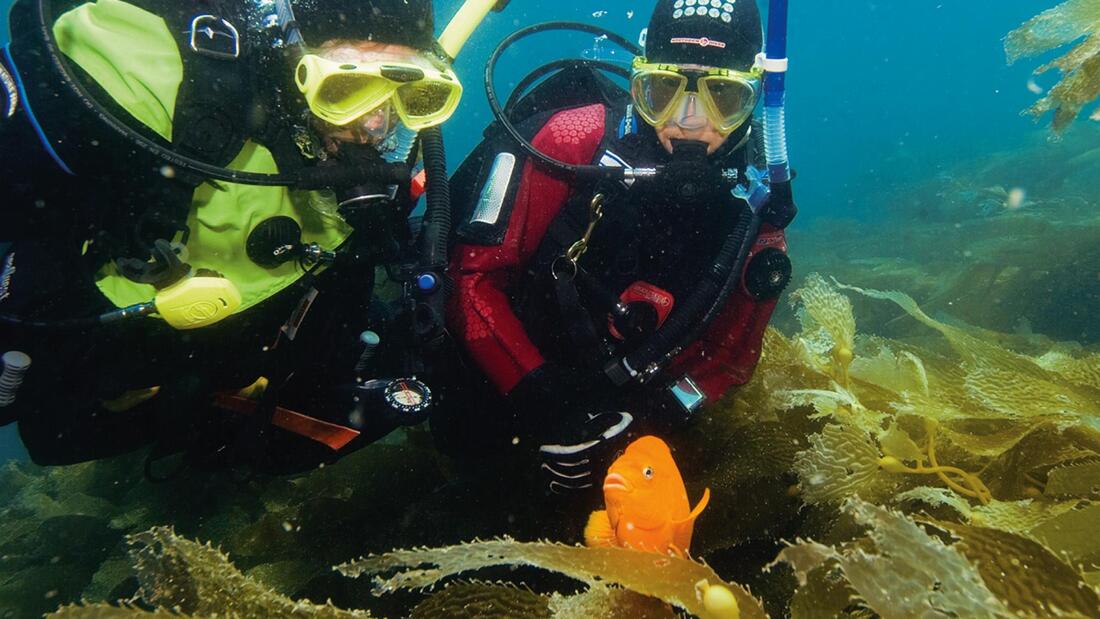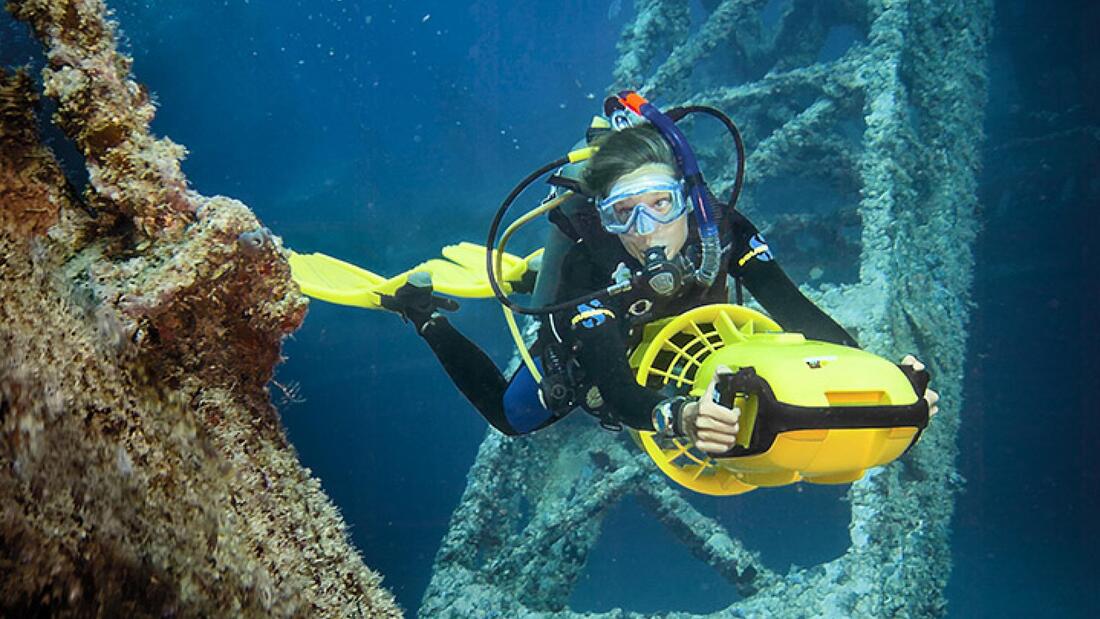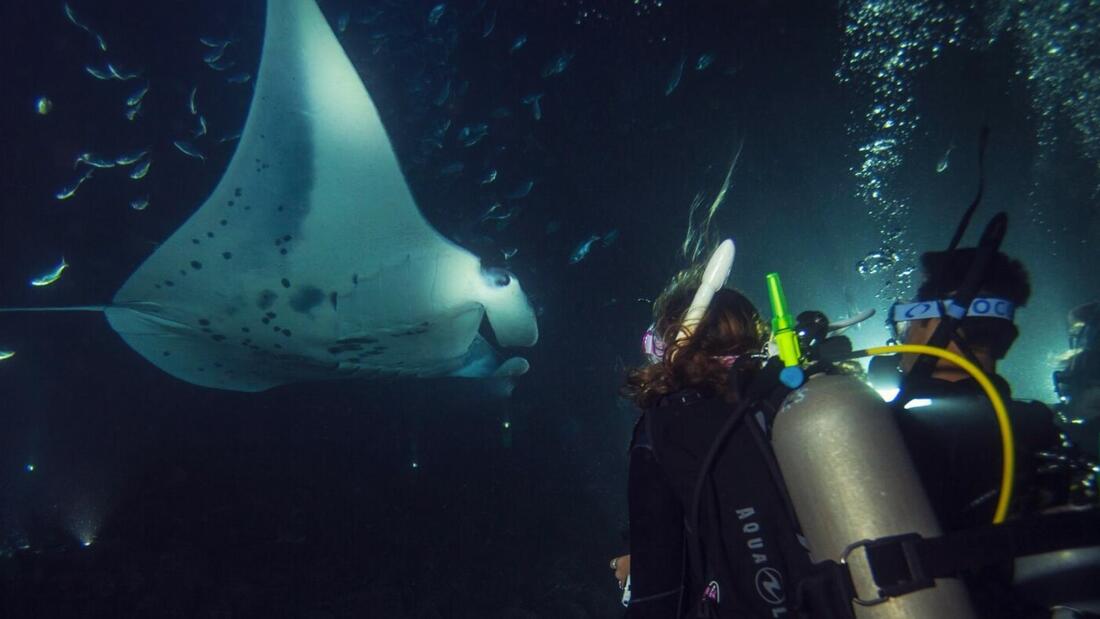PADI COURSES
PADI OPEN WATER DIVER
|
Advanced Open Water Diver
|
RESCUE DIVER
|
EMERGENCY FIRST RESPONSE (EFR)
|
PEAK PERFORMANCE BUOYANCY DIVERObserve aquatic life without disturbing their surroundings. Improve the buoyancy skills you learned as a new diver and elevate them to the next level.
Description Excellent buoyancy control is what defines skilled scuba divers. You’ve seen them underwater. They glide effortlessly, use less air and ascend, descend or hover almost as if by thought. They more easily observe aquatic life without disturbing their surroundings. You can achieve this, too. The PADI Peak Performance Buoyancy Specialty course improves the buoyancy skills you learned as a new diver and elevates them to the next level. PADI (Junior) Open Water Divers or higher, who are at least 10 years old, are eligible to take the Peak Performance Buoyancy course. Academic During two scuba dives, you’ll learn how to:
Equipment It’s best to use your own scuba equipment, including a weight system, so that you fine-tune your buoyancy in gear you’ll use on every dive. Your PADI Instructor or local dive center staff can help you find the equipment that is best for you and your diving adventures. |
DRY SUIT DIVER
|
DIVER PROPULSION VEHICLE INSTRUCTORPropel your way through the water and glide over reefs, buzz around a large wreck or weave through a kelp forest. You must be at least 12 years old and a PADI (Junior) Open Water Diver or higher.
Description DPVs offer a thrilling way for scuba divers to see a lot of underwater territory in a short amount of time. They scoot you through the water allowing you to glide over reefs, buzz around a large wreck or weave through a kelp forest. Whether making a shore or boat dive, a DPV is a great way to see more and have fun doing it. If you’re at least 12 years old and a PADI (Junior) Open Water Diver or higher, you can enroll in the PADI Diver Propulsion Vehicle course. Academic The PADI Diver Propulsion Vehicle course guides you in choosing the right DPV for you. You’ll make two dives and learn about:
EquipmentOf course, you’ll need a DPV along with your basic scuba equipment. If you have your own DPV, your instructor will have you complete all your training using it. Ask your PADI Instructor or local dive center staff which DPVs are available, and what other additional equipment you may need for your scuba diving exploration with a DPV. |
NIGHT DIVER
|
